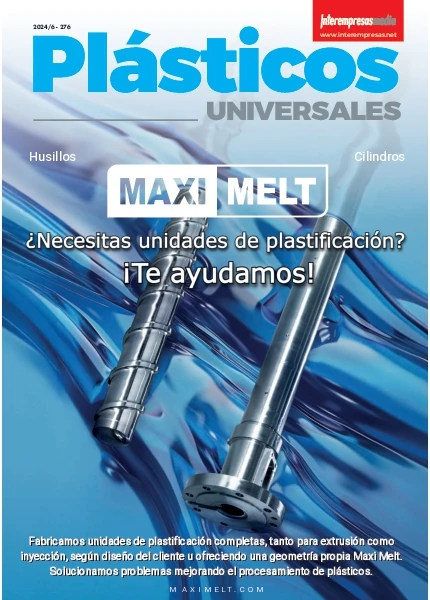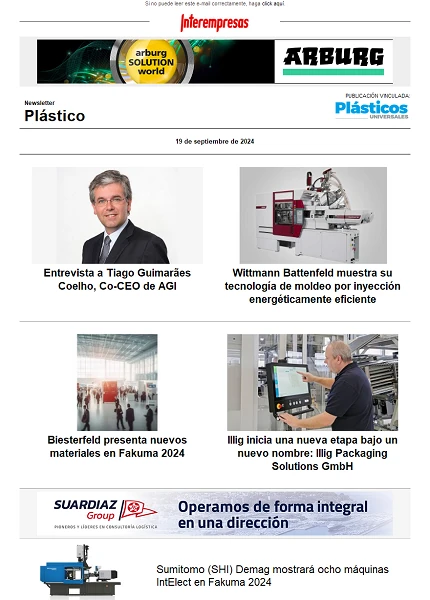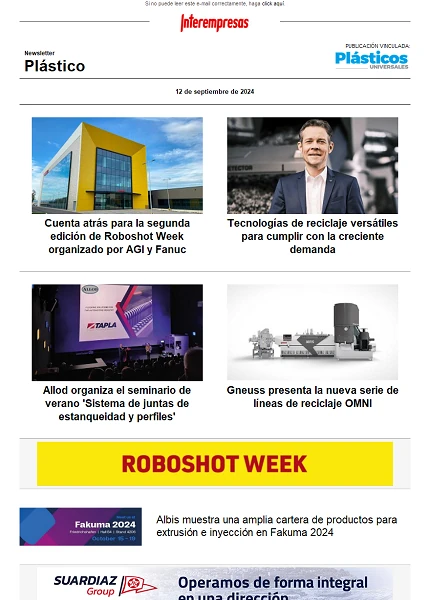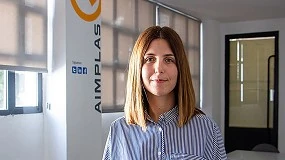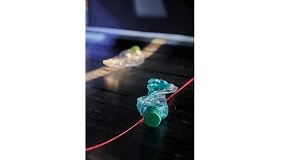The polyamides in films for alimentary container
Of course, the goodnesses of the polyamides do not remain only in his mechanical properties. It does not be necessary to forget all a series of advantages and characteristic that do them extremely interesting in other fields, as the one who occupies us: films. The alimentary container, as well it is known, demands a series of properties no alcanzables for any polymer. The clearly stabilised structure of the polyamides by the learning of bridges of hydrogen, his polar character and his morphology semicristalina justify the excellent suitable properties for alimentary container.

The polyamide in containers
- Exceptional resistance to the traction and hardness.
- Big barrier to the oxygen and to aromas/smells. Permeabilidad To the steam of water.
- Resistance to the rayado and to the fisuración.
- Chemical resistance to the fats, oils, dissolvent and sour foods.
- Big transparency and capacity of imprimación.
- Big resistance to the deformation by temperature (possibility to be used in conventional ovens and microwaves). Able to receive different treatments of sterilisation.
- Resistance to the low temperatures.
- Recyclable and incinerable without the production of hurtful substances.
Regarding the types of polyamides used in films or plates for container would fit to stand out fundamentally the PA6, PA66, PA 612 and the copolymers of PA 6/66. Between them, the PA66 keeps a suitable balance between mechanical resistance, rigidity, resistance to the temperature, chemical, and to the wear. It is the more employee, undoubtedly. However, the PA6 is easier to process (lower temperatures), presents lower elastic module, lower contraction and high optical properties, as well as resistance to the impact. Compared with these, the PA612 presents the best of the elastic modules, as well as rigidity.
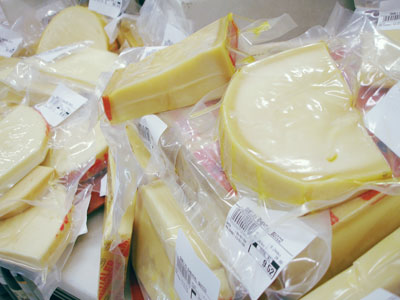
Because of the lower quantity of groups amine, the absorption of humidity is lower, as well as high chemical resistance and to the abrasion. The copoliamidas 6/66 present the advantage to possess a minor cristalinidad, what involves better optical properties of shine and transparency, as well as an improvement of the procesabilidad, regarding lower temperatures and stability of the extruido. It does not be necessary to forget the apparition in the sector of the container, at least during the last years, of other copoliamidas very interesting like the 6/66/12 that provides a greater resistance to the perforación and an upper behaviour during processes like termoconformado.
Of special interest in the market of film for container are the nanocompuestos based in PA6. In these materials, the PA6 is reinforced during the polymerisation with 2-8% of a clay orgánicamente modified. The result is a material with properties barrier to the oxygen improved. Without forgetting, of course, an improvement of 35°C in the HDT (temperature of flexión under load), and an increase of 50% in the module of flexión.
Independently of the chemical nature of the own polyamide, the processes of transformation can modify notably the final properties of the film for container. The process of cooling of the material, as well as the orientation to which the polymeric chains are subjected influence directly in the transparency and in the properties barrier of the final product. The processes of extrusion more usual for the obtaining of films of container are the extrusion-cast, coextrusión of multilayered films, the twinaxial orientation (BOPA), and something less the extrusion-blown. It does not be necessary to forget that they are processes of transformation with high capacity of orientation and, therefore, of big effect on the macromolecular morphology. The multilayered systems obtained by coextrusión are used to to realise by means of the combination of the polyamide with other polymers (two, three and until five layers, usually). Usual systems are the following: PE/PA, PE/PA/PE, PE/PA/EVOH/PA/PE.
Recent data of 2010 (*) show that the market of film of polyamide supposes an annual world-wide production of 410.000 tonnes, representing 34% the film of type BOPA, 22% like component of films coextruidos, and the rest cast-film. The conjunction of the excellent properties of the polyamide and the strength of the sector of film for container supposes a future alentador of these materials. This crystallises in some future forecasts of a tax of annual growth around 5,1% until 2020.
The obtaining of structures laminadas complex of films of polyamide oriented biaxialmente (BOPA) allows to take advantage of the upper provision of this type of films regarding resistance to punción and desagarro, cracking by flexión and properties of barrier in front of gases. In the field of the flexible packaging for foods, the most common structures include complex laminados of film of BOPA with film of PE, that contributes the properties of barrier in front of the steam of water and confers capacity of termosellado. In the process of laminación use systems of adhesive without solvents (solventless) by his greater advantages regarding limitation of broadcasts of volatile organic compounds (VOC), lower temperatures of application and lower time of cured.
*


